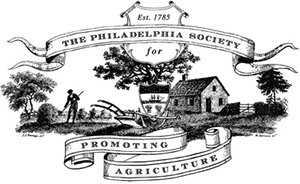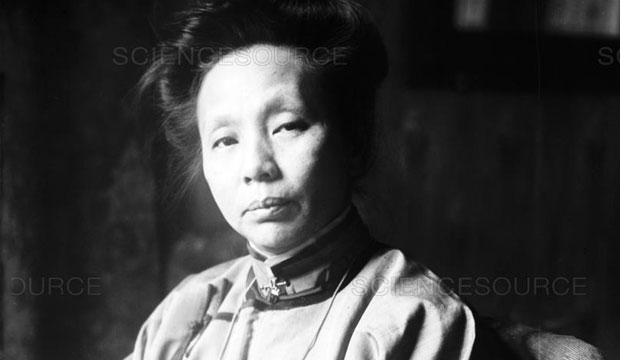Overlooked No More: Yamei Kin, the Chinese Doctor Who Introduced Tofu to the West
Long before veggie burgers and soy lattes were fashionable, Kin was sent on a mission by the United States government to uncover the benefits of the soybean to Americans.
nce 1851, obituaries in The New York Times have been dominated by white men. With Overlooked, we’re adding the stories of remarkable people whose deaths went unreported in The Times.
In 1917 Yamei Kin, a Chinese-born doctor then living in New York, visited her homeland to study a crop that was virtually unknown to Americans: the soybean.
By that point she had become something of a celebrity dietitian. For years before the mission to China she had been telling women’s clubs that tofu and other soy products were nutritious alternatives to meat, and that they required fewer resources to produce. She liked to say that they tasted “a little like brains and a little like sweetbreads.”
“She was many decades ahead of her time in terms of promoting tofu to a wider American audience,” said Matthew Roth, the author of the book “Magic Bean: The Rise of Soy in America (2018).
It was the United States Department of Agriculture that approached Kin about going to China to study how the soybean could be used in America. The government saw her research as part of a wider effort to develop new sources of protein for American soldiers during World War I.
Kin had a laboratory at the U.S.D.A., where she tested what the department called “Chinese soybean cheese,” and she presented soybean seeds to the department’s Bureau of Plant Industry. In addition, Roth said, some of her recipes were very likely included in “The Soybean,” a landmark study published in 1910 by William J. Morse and Charles V. Piper, officials at the Agriculture Department.
“Americans do not know how to use the soybean,” Kin, then in her early 50s, told The New York Times Magazine in 1917, as she set out for China on her mission. “It must be made attractive or they will not take to it. It must taste good. That can be done.”
An article in 1918 in The San Antonio Light offered this description of her lab:
“On a long table was a row of glass jars filled with what looked like slices of white cheese. It was soy bean cheese. A jar was filled with a brownish paste. It was soy beans. There were bottles filled with the condiment we get with chop suey. That, too, was made from soy beans. Talk about dual personalities! The soy bean has so many aliases that if you shouldn’t like it in one form you would be pretty sure to like it in another.”
In essays and correspondence at the time, U.S.D.A. colleagues expressed glowing praise for Kin’s work.
“Very interesting,” Frank N. Meyer, a department botanist, wrote in 1911 in response to one of her letters. “There probably will come a time that soy beans are also given a nobler use in the United States than mere forage or green manure.”
NY Times: Mike Ives, October 17, 2018

